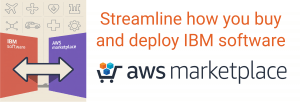IBM Rational Rhapsody Model Based Systems Engineering Workflow
Within a span of three days, you learn the Harmony workflow for model-based development and you use the Rational Rhapsody Systems Engineering toolkit to follow the workflow through the hands-on development of a model. The automation features of the Systems Engineering Toolkit drastically reduce the time it takes to build large complex models while the formal systematic approach ensures a robust design. You are guided through the Systems Engineering workflow and you follow the workflow in Rhapsody. The workflow includes best practices for building models in the Requirements Analysis, Functional Analysis, Design Synthesis and handoff phase. The workflow used to create models is explained and experienced through a hands-on exercise using the Systems Engineering toolkit.
WHAT YOU WILL LEARN:
- Identify the process for doing systems engineering in the context of Model-driven development
- Create a project in Rhapsody using the Systems Engineering toolkit and workflow
- Import requirements into Rational Rhapsody and link Use Cases to System Requirements
- Capture the Use Case functional flow in an activity diagram
- Derive Use Case scenarios from the functional flow
- Define interfaces using Blocks and Ports
- Describe the system behavior using state machines
- Define an architecture using Internal Block Diagrams and Block Definition Diagrams
- Allocate system functionality to architecture by decomposing the black box activity views
- Verify and validate the model through model execution
- Define a model-based hand-off
This basic course is for:
- Project Managers
- Technical Leads
- Software Engineers
- Software-level system Engineers


